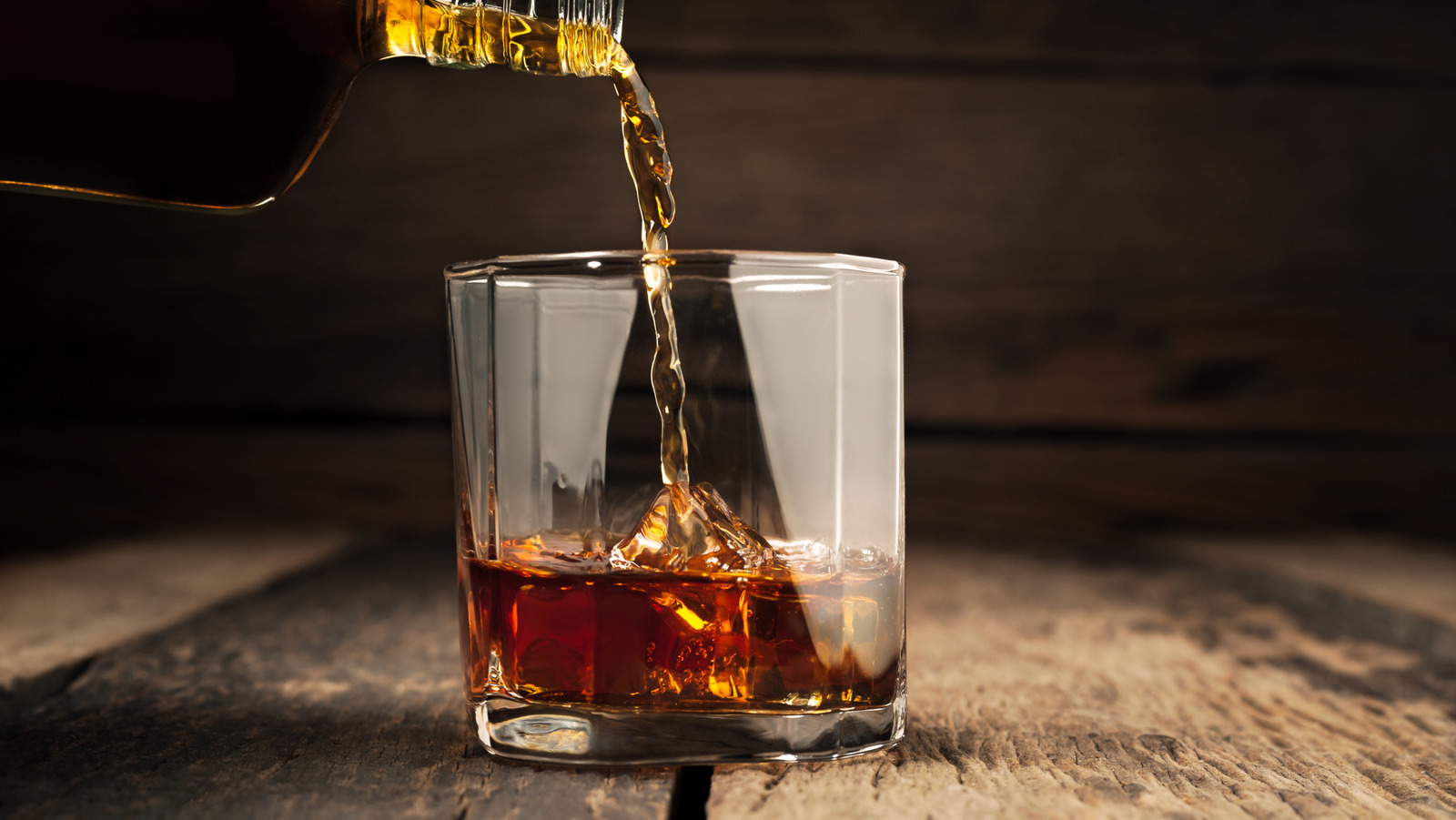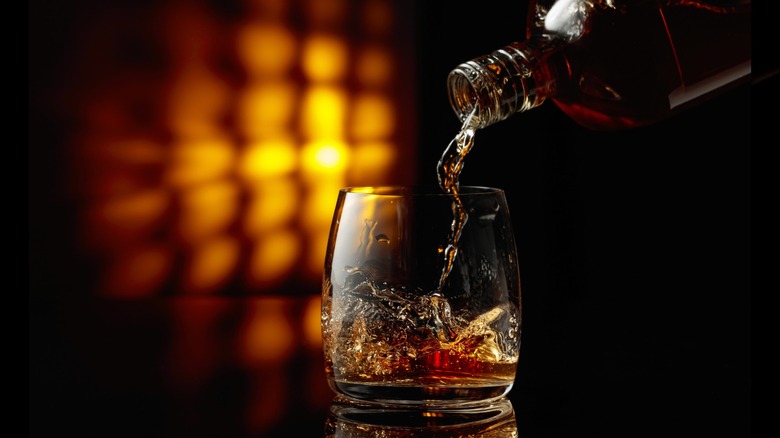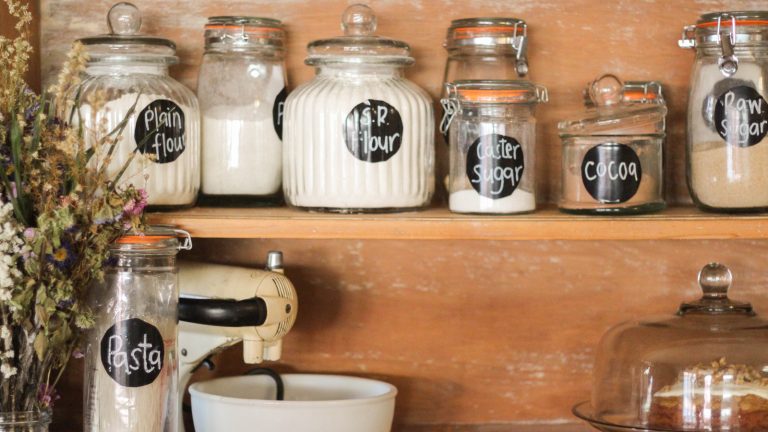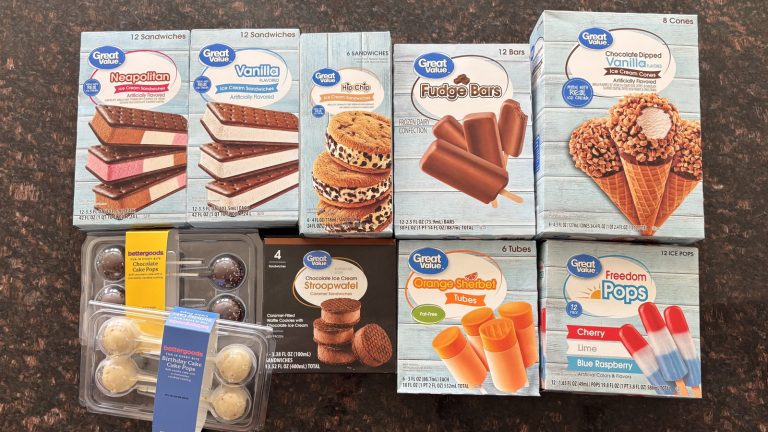When you enter the wide world of whiskeys, you quickly learn that there is a veritable slew of terms to learn. A lot of this comes down to whiskey label terms that you need to know before making a purchase (such as “single malt” or “cask strength”), but the learning doesn’t stop after your bottles have been scanned at the cash register. When you’re serving your whiskey, either on its own or in a cocktail of some sort, you need to know what kind of measurements you’re working with. So when you hear someone calling for a “finger” of whiskey, to what exactly are they referring?
Unlike more precise measurements that count on using proportions, such as measuring your cocktails in parts, a finger of whiskey is much less exact in its measurements. At its core, a finger of whiskey merely refers to the amount of liquor you’d get if you hold your finger horizontally at the glass’s base and pour until the whiskey reaches the top of your finger. On average, this can measure somewhere around 1.5 ounces, but there are, of course, a number of variables that can change this. On the whole, though, a finger of whiskey is less an exact measurement and more an eyeballed measurement, which is why you should probably avoid saying it when ordering drinks at an established bar. In the comfort of your own home, though, and with your own trusty hands, it shouldn’t take long to figure out how strong or weak a finger of whiskey is to you.
A finger of whiskey is hard to quantify
To ask “What’s a finger of whiskey?” is about as reliable as asking “How many shots are in a standard liquor bottle?” Both questions will give you vastly different answers depending on who you ask and what you’re working with. Just like how some shot glasses give you different measurements, there are a couple of changeable elements at play when you’re looking for a reliable measurement for a finger of whiskey. Things such as the glass you’re using and, naturally, your own fingers play a part in determining how strong your drink might be, whether you intend that or not.
Different pieces of glassware are going to have wider or narrower bases, depending on what you use. Even glasses of the same kind — take lowball/rocks glasses for example — might have different proportions from one brand to the next. This means that a finger of whiskey in a narrow glass will be much less whiskey than a finger in a wide glass, since it’ll take more whiskey to get to your finger line in the latter. As well, everyone’s hands are different. If you have spindly fingers, your measurement will be much less than that of your sausage-fingered friend. In the end, using your fingers as measuring tools can get you by at home or in a pinch as long as you know the approximate amount your finger represents in your own glasses. But ideally, you’ll have a jigger from a reliable cocktail set from your home bar to help you out.






